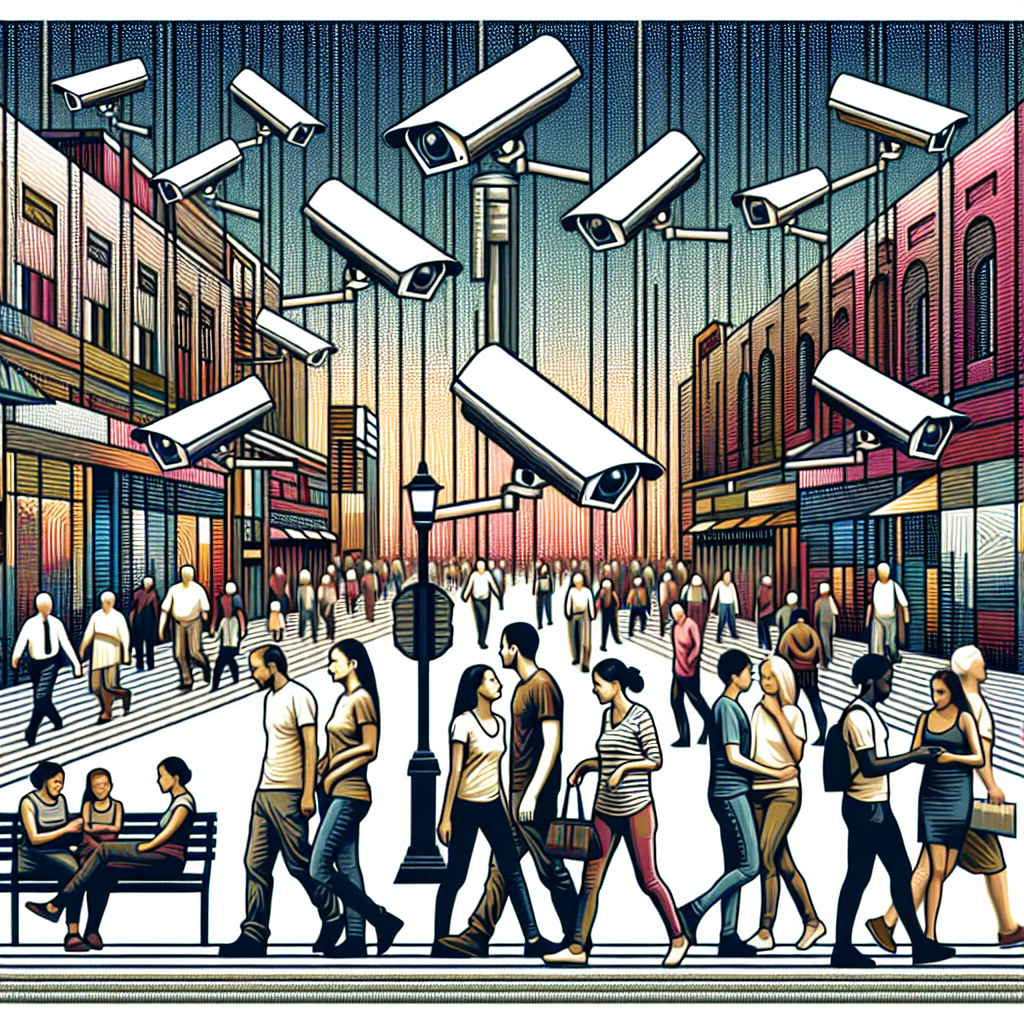The Rise of Government Surveillance
Government surveillance has surged to unprecedented levels, driven by rapid technological advancements and increasing societal concerns about security. With the proliferation of the Internet of Things (IoT), artificial intelligence (AI), and big data analytics, governments worldwide are leveraging these innovations to monitor and analyze public behavior, communication, and interactions.
The Role of Technology in Surveillance
1. Big Data Analytics
Big data represents vast volumes of structured and unstructured information that can be processed swiftly. Governments utilize big data analytics to identify patterns of activity indicative of potential threats or criminal behavior. By analyzing social media posts, geolocation data, and transaction records, government agencies can make proactive decisions regarding public safety and criminal investigations.
2. Artificial Intelligence
AI algorithms are pivotal in refining government surveillance techniques. Enhanced facial recognition systems, predictive policing models, and natural language processing tools enable authorities to automate data analysis, making surveillance more efficient. While these AI systems can enhance security, they also pose significant risks concerning privacy mismanagement and data misuse.
3. The Internet of Things (IoT)
The expansion of connected devices fuels surveillance capabilities. Smart devices, from security cameras to home assistants, constantly collect and transmit user data. Governments can potentially exploit these data streams to gain insights into the private lives of citizens, often without their consent.
Legislative Frameworks Governing Surveillance
1. Data Protection Regulations
Countries have responded to growing privacy concerns by implementing data protection regulations. Frameworks such as the European Union’s General Data Protection Regulation (GDPR) aim to enforce stricter controls on personal data usage and give citizens greater rights over their information. These regulations compel governments to establish transparency regarding surveillance practices.
2. National Security Laws
In contrast to privacy laws, national security legislation often grants governments expansive surveillance powers under the guise of protecting citizens from threats. Acts like the USA PATRIOT Act in the United States have enabled intelligence agencies to conduct mass surveillance programs, raising ethical questions about overreach and individual rights.
3. International Treaties
Global cooperation on surveillance practices is evident through international treaties and agreements. Programs such as the Five Eyes alliance—comprising Australia, Canada, New Zealand, the United Kingdom, and the United States—facilitate the sharing of intelligence and data, creating a complex web of surveillance that spans multiple jurisdictions.
Public Perspectives on Surveillance
1. Citizen Concerns
Concerns over privacy erosion are widespread among citizens. High-profile leaks, such as those revealed by Edward Snowden, have sparked intense discussions about surveillance ethics and the trade-off between security and privacy. Many individuals express anxiety that surveillance infringes upon civil liberties.
2. Acceptance of Surveillance
Conversely, some citizens may view government surveillance as a necessary evil for safety. Incidents of terrorism and violent crime often lead to calls for enhanced security measures, leading individuals to accept certain surveillance practices at the expense of privacy.
3. Digital Activism and Advocacy
A growing body of digital activists and organizations—such as the Electronic Frontier Foundation (EFF) and Privacy International—champions stronger privacy protections and transparency in government surveillance practices. They advocate for laws that limit surveillance capabilities and promote accountability.
Future Trends in Government Surveillance
1. Increased Surveillance Technology Integration
Future government surveillance will likely see greater integration of advanced technologies. Smart city initiatives utilize AI-driven cameras and sensors to monitor urban environments comprehensively. This blend of technologies will enable authorities to track movements and behaviors on a previously unimaginable scale.
2. Legislation Evolution
As public sentiment around privacy continues to evolve, laws governing surveillance will adapt as well. Countries may adopt more rigorous standards for accountability and oversight as citizens demand transparency, leading to stricter regulations that will shape the nature of government surveillance in the future.
3. Biometrics and Advanced Authentication
The adoption of biometric surveillance, such as fingerprint and iris recognition, is poised to revolutionize government monitoring systems. While these technologies can enhance security, they also present heightened risks for privacy breaches and misuse, requiring careful consideration.
The Ethical Implications
1. Privacy vs. Security Dilemma
The challenge of balancing privacy with public security will remain a contentious issue. As governments push for security measures, debates will arise about the extent to which citizens should sacrifice privacy in the name of safety.
2. Discriminatory Patterns in Surveillance
Government surveillance practices can inadvertently bias against marginalized communities. Discriminatory policies can lead to over-policing and profiling, perpetuating social injustices and inequality. Awareness and reform in surveillance practices must address these disparities.
3. Data Ownership and Control
Questions surrounding ownership of collected data will gain prominence. Citizens will increasingly seek rights to their data, advocating for policies that grant individuals control over how their information is collected, stored, and used by governments.
The Global Landscape of Surveillance
1. Authoritarian Regimes
In many authoritarian countries, surveillance systems have evolved to monitor citizens aggressively. Technologies like AI and facial recognition are often employed to suppress dissent and maintain power, demonstrating the potential dangers of unchecked surveillance capabilities.
2. Democratic Nations and Accountability
Democratic nations face the challenge of implementing effective oversight mechanisms to prevent abuses of surveillance power. Public accountability and societal engagement are critical in ensuring that surveillance practices align with democratic values and human rights principles.
3. Transnational Surveillance
As surveillance technologies transcend borders, international corporations that supply surveillance tools to governments raise questions about accountability. Collaborative regulation and international treaties may be necessary to govern an increasingly interconnected surveillance landscape.
Conclusion
In navigating the complex future of government surveillance, society faces significant ethical, regulatory, and technological challenges. The continual evolution of surveillance practices will demand vigilant advocacy for privacy rights, transparency, and the equitable application of surveillance technologies.













Leave a Reply